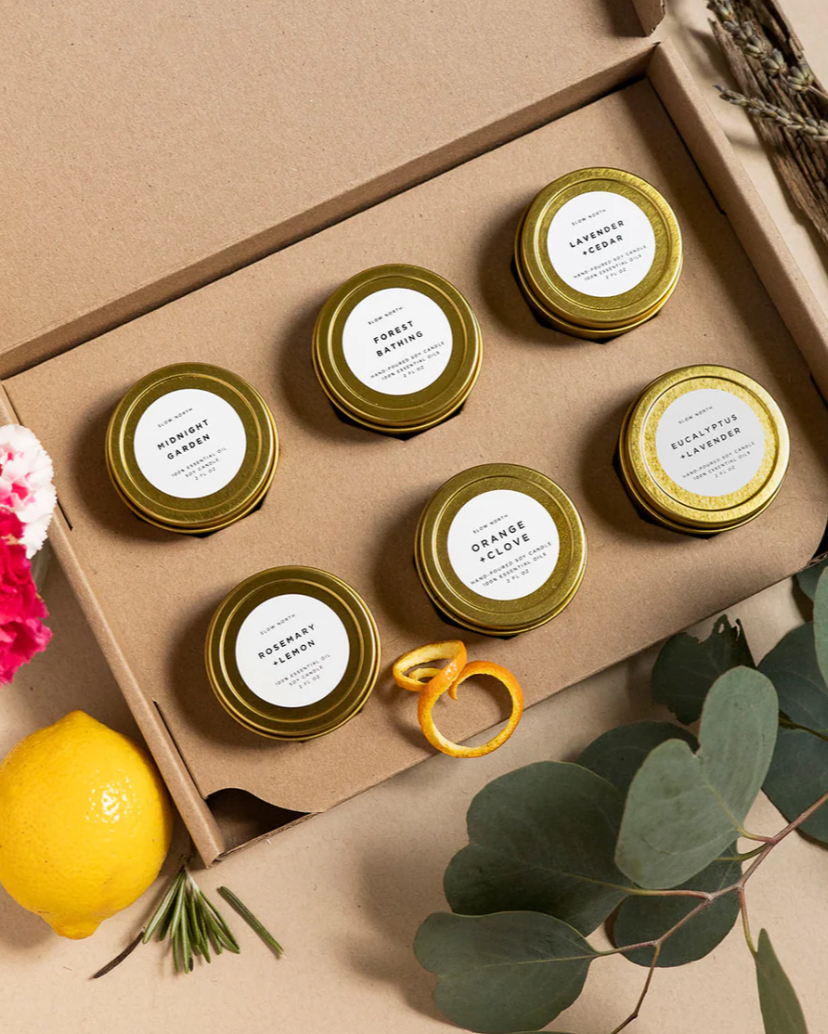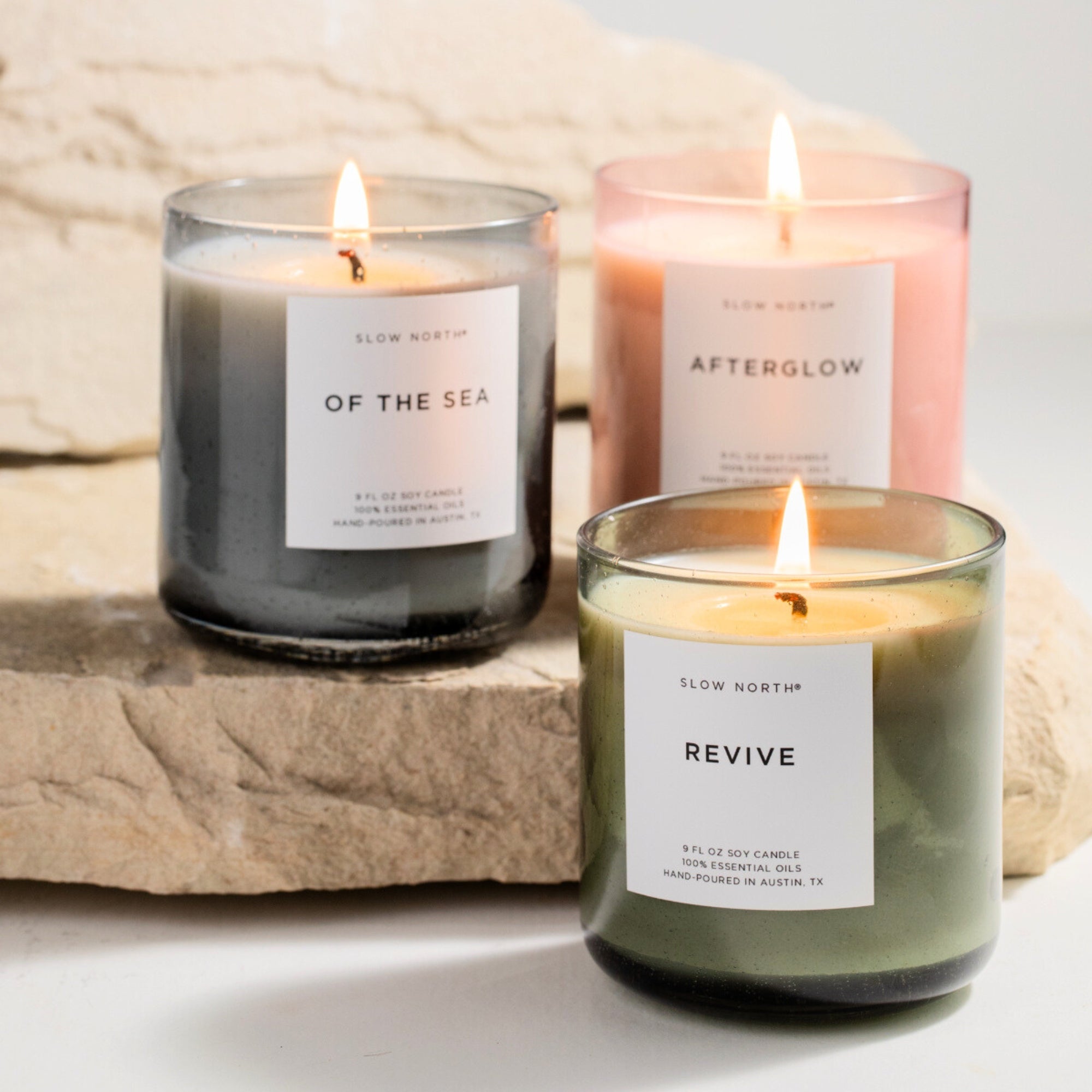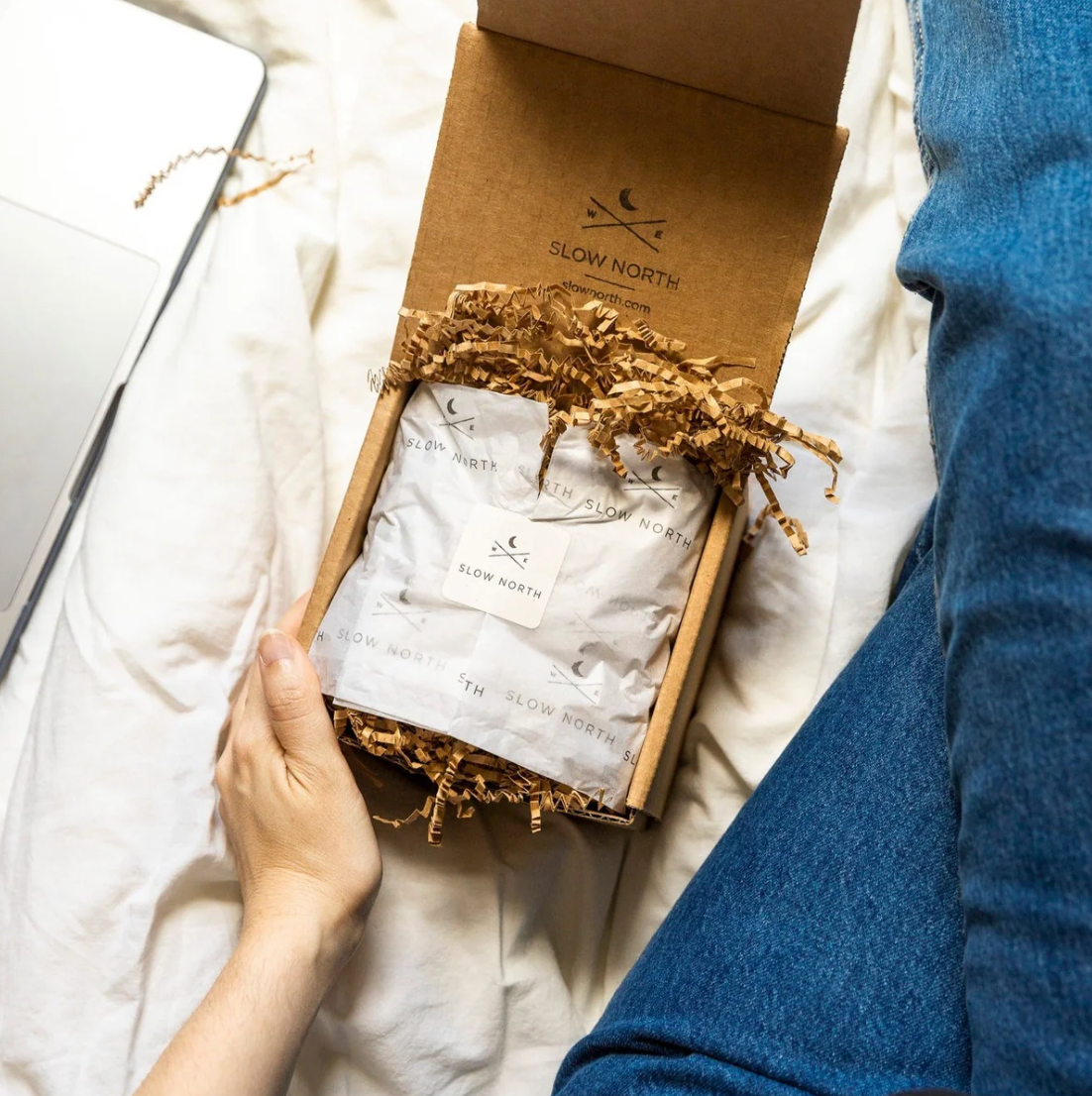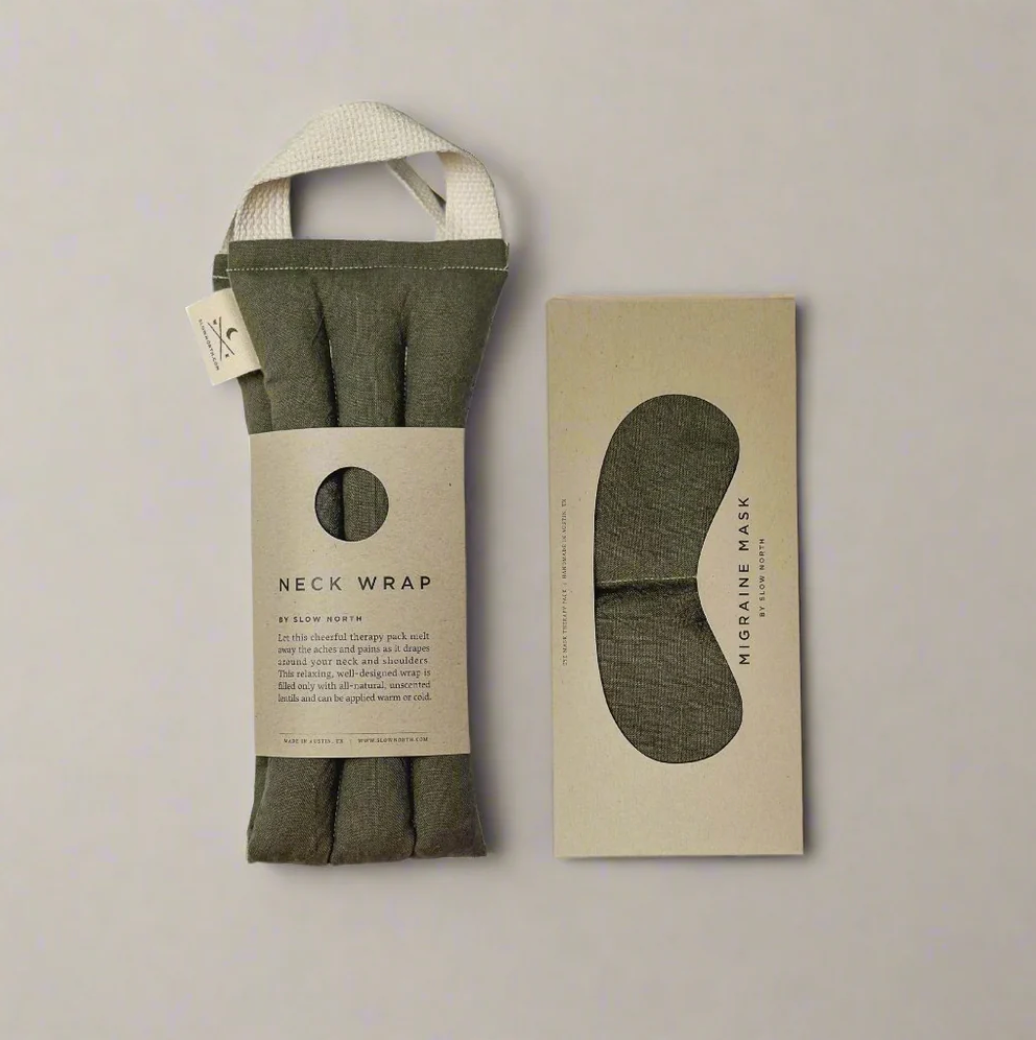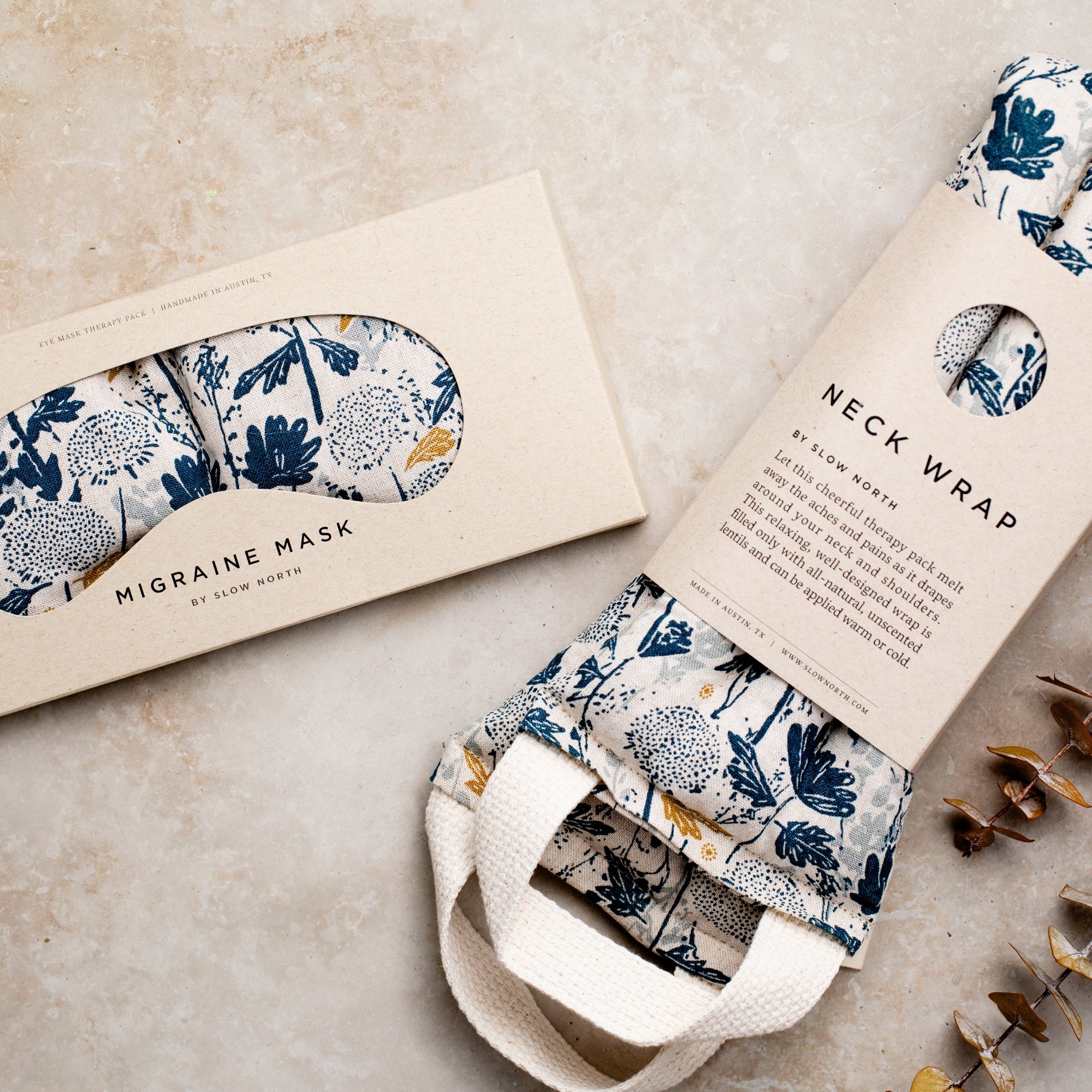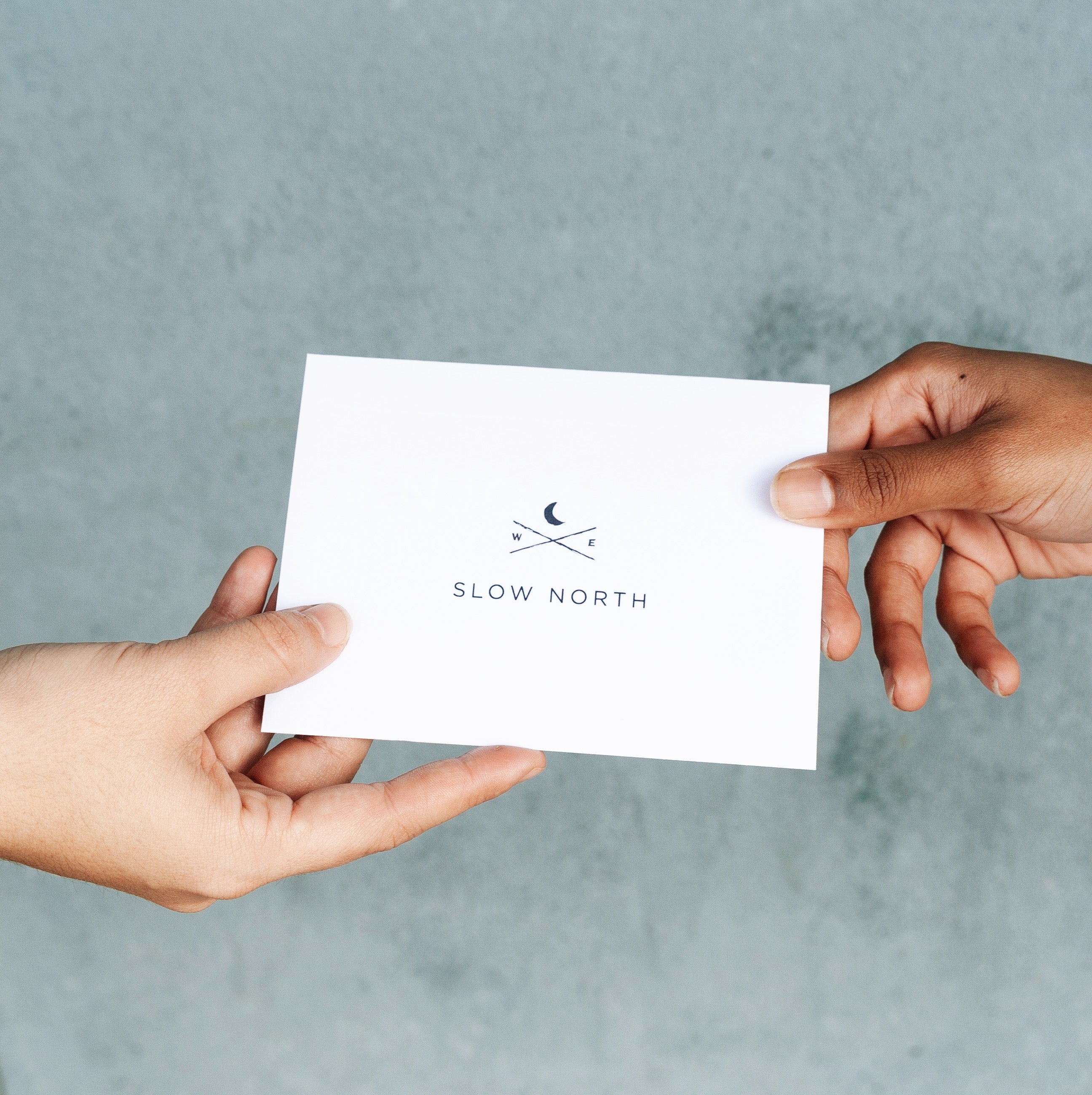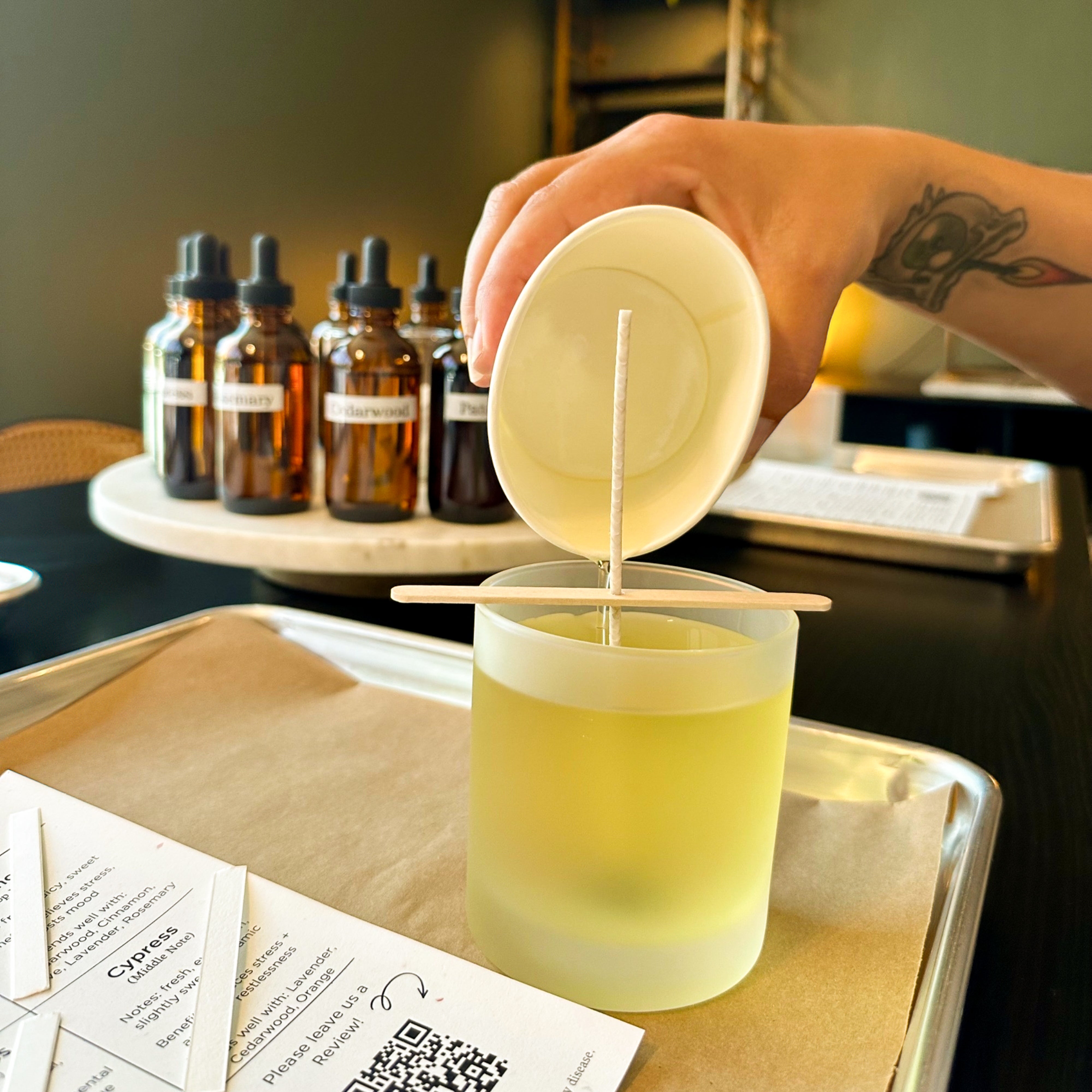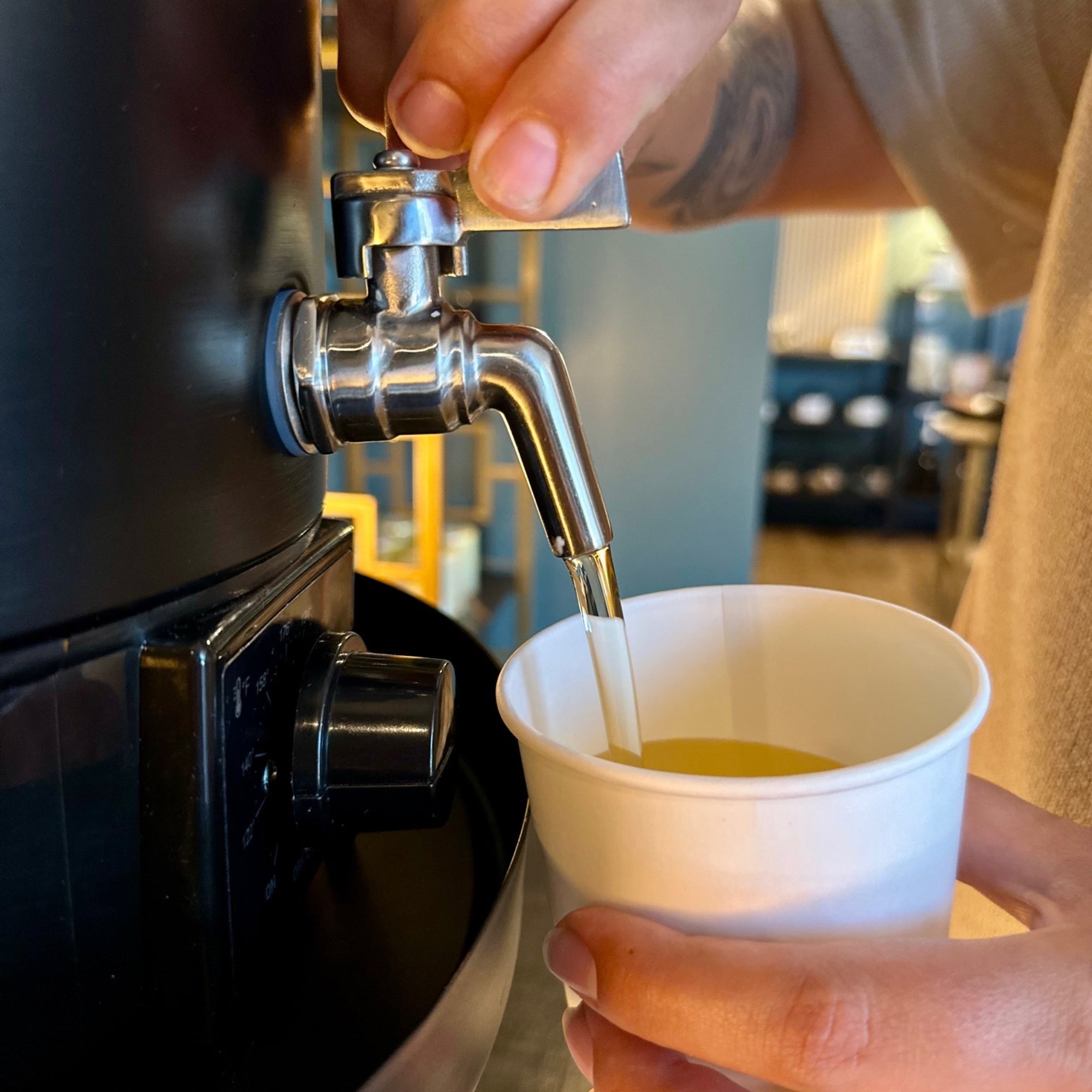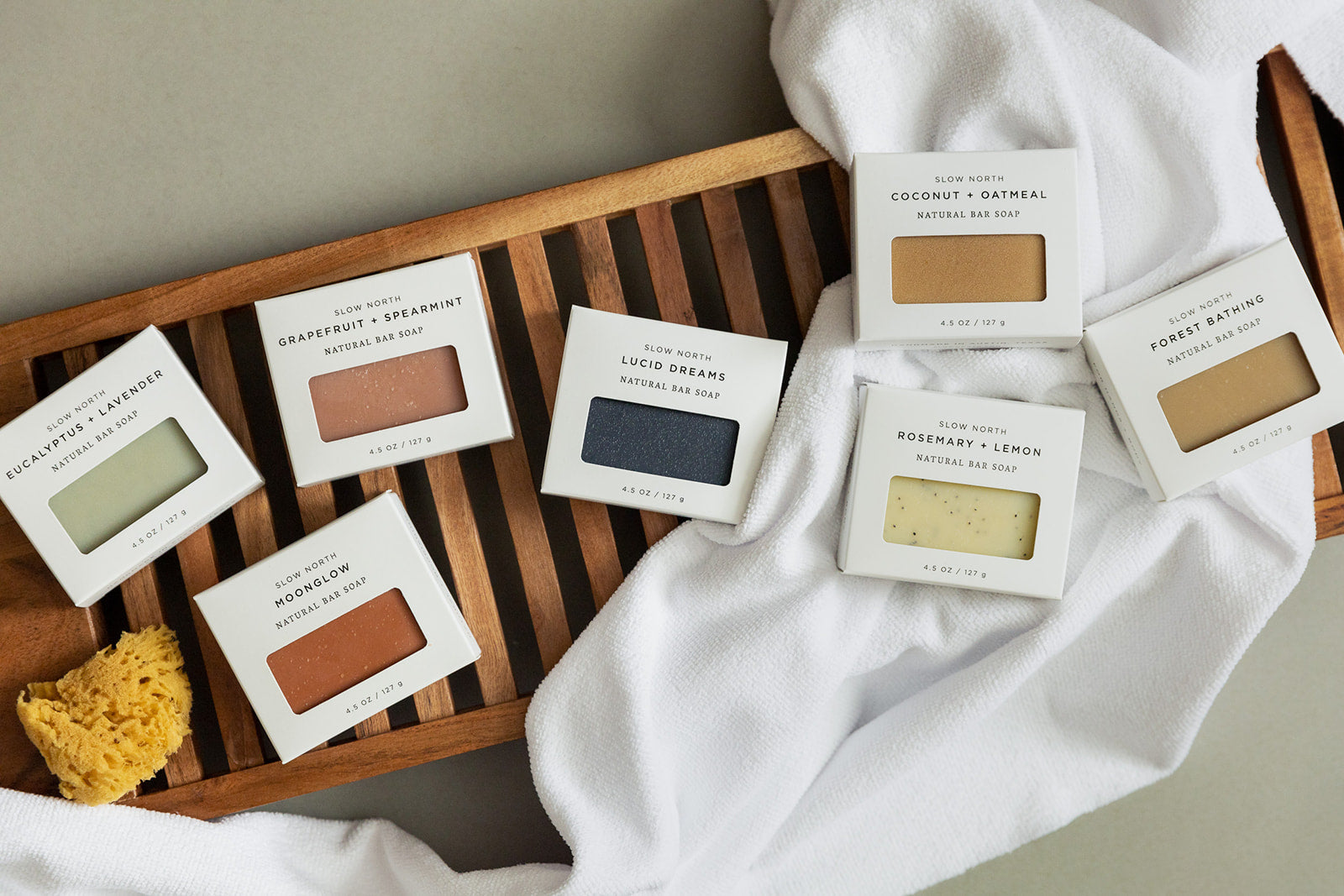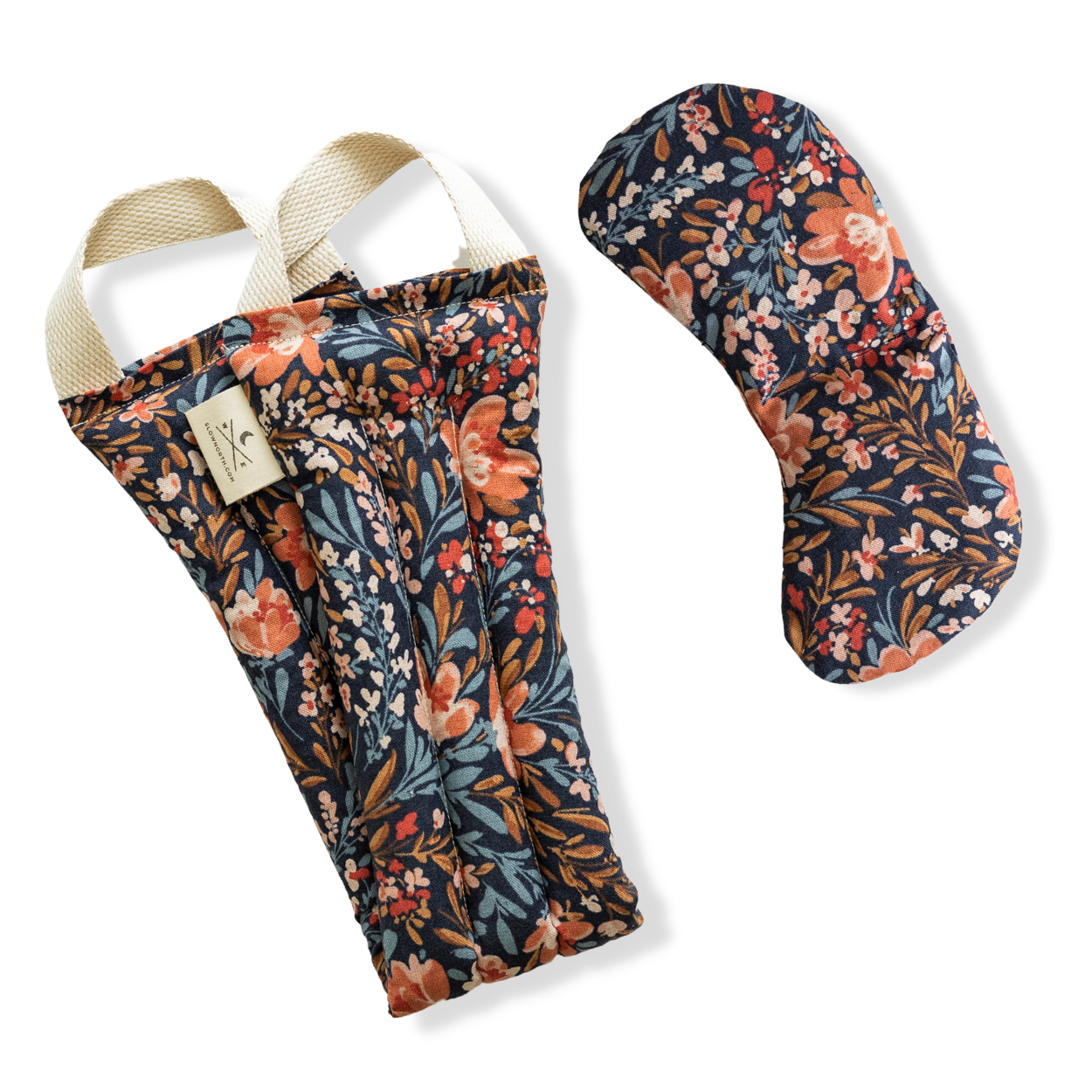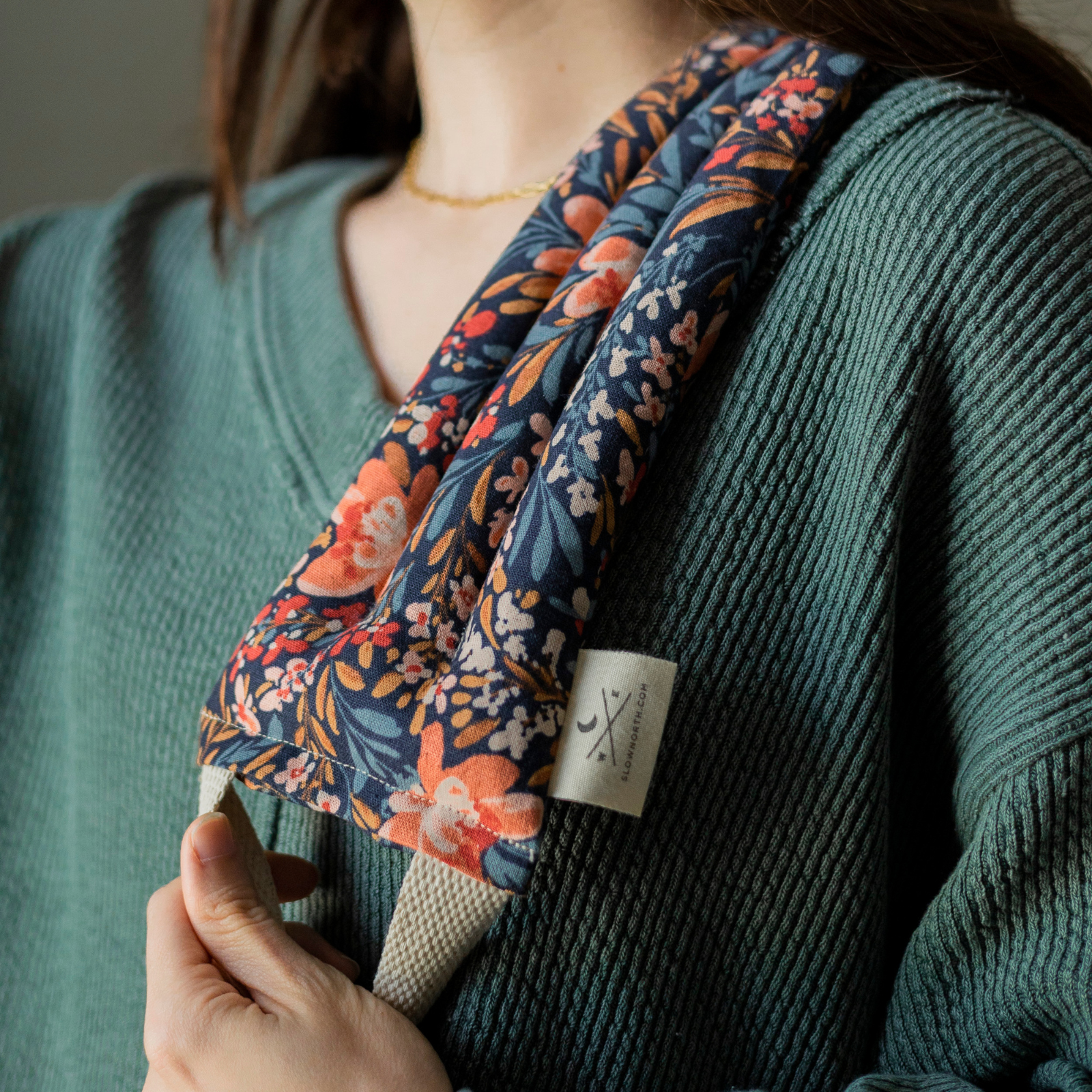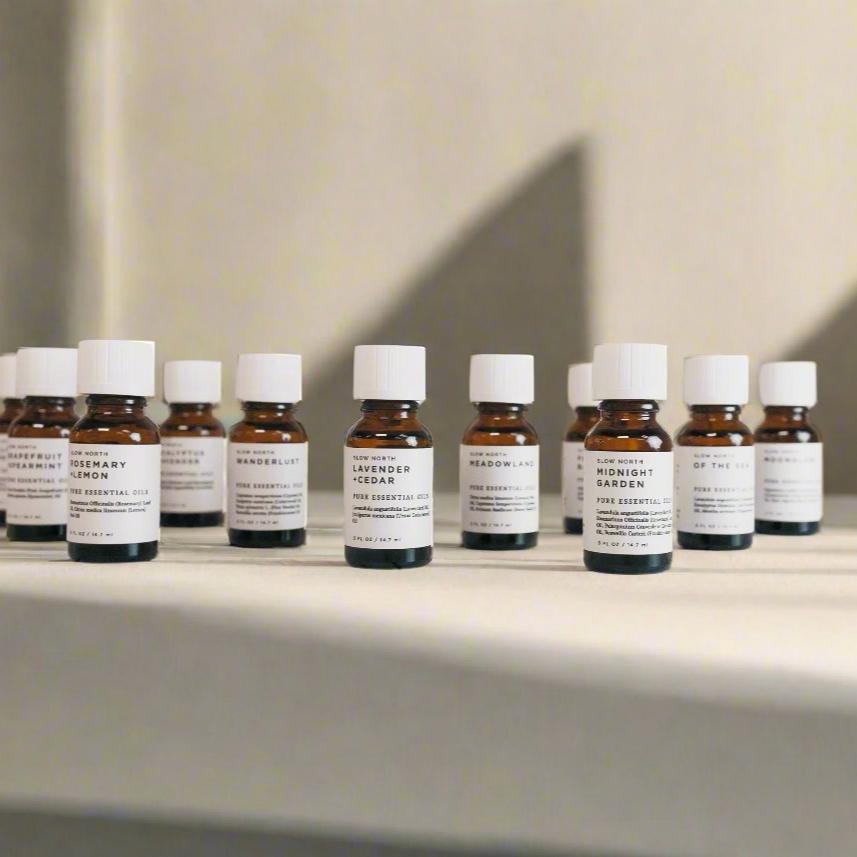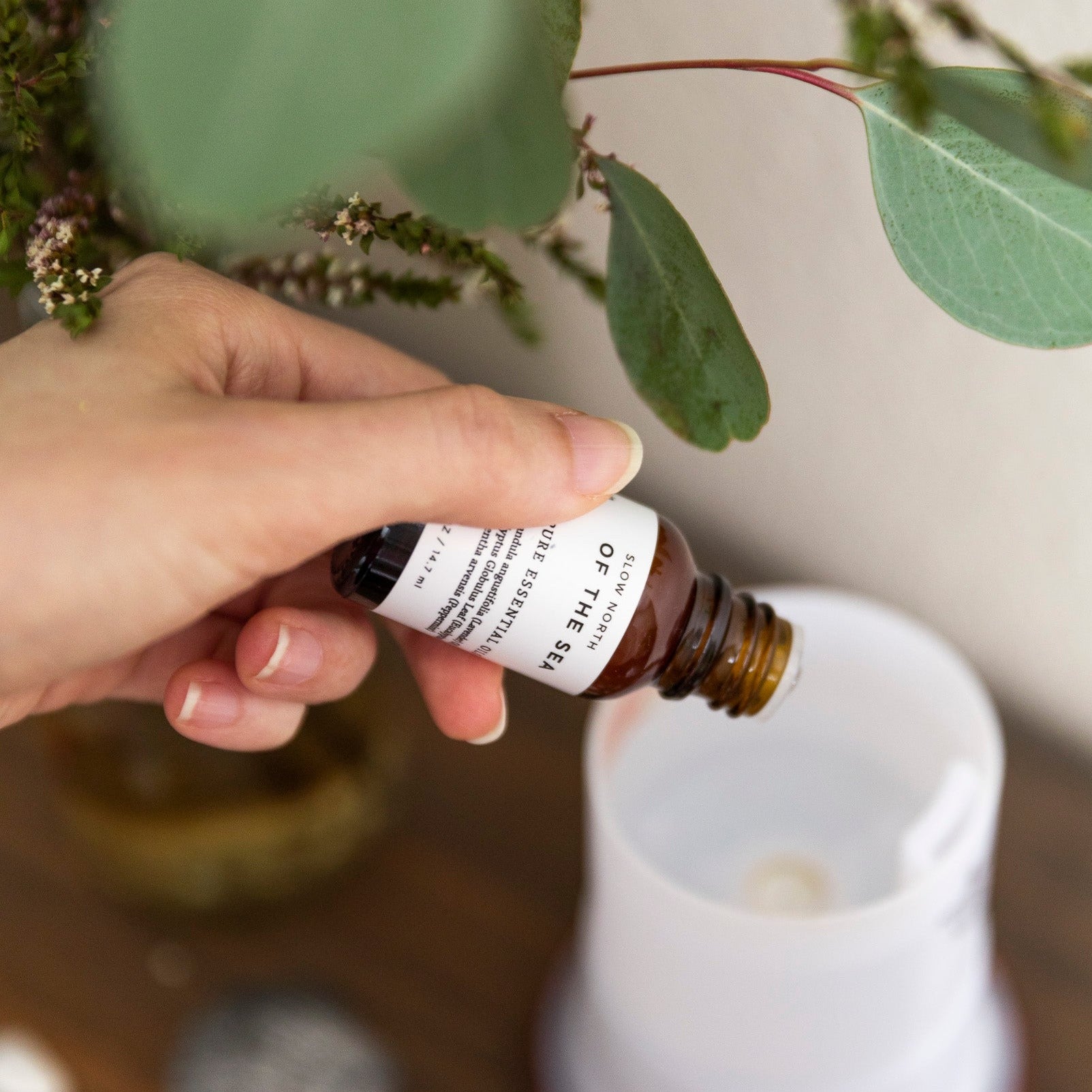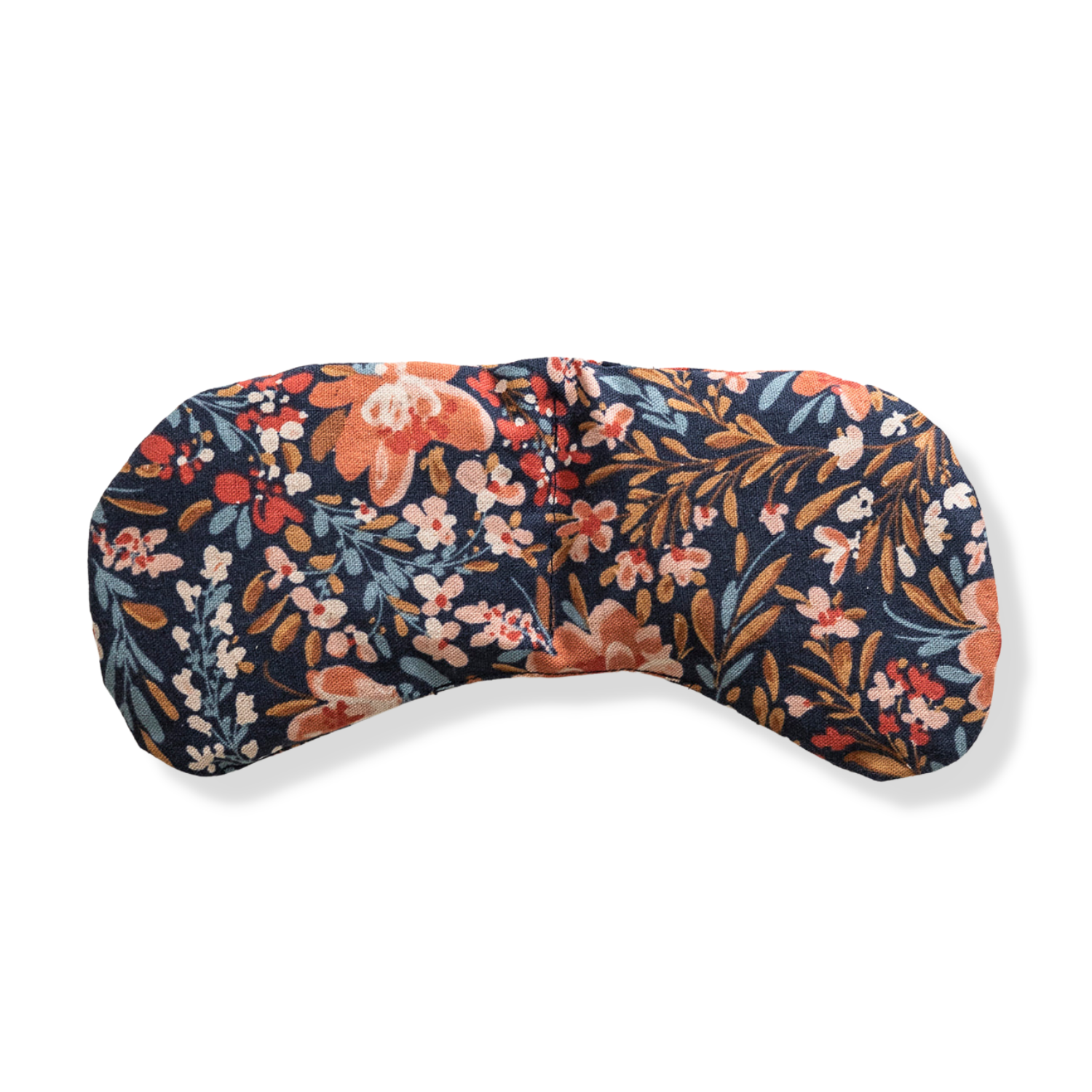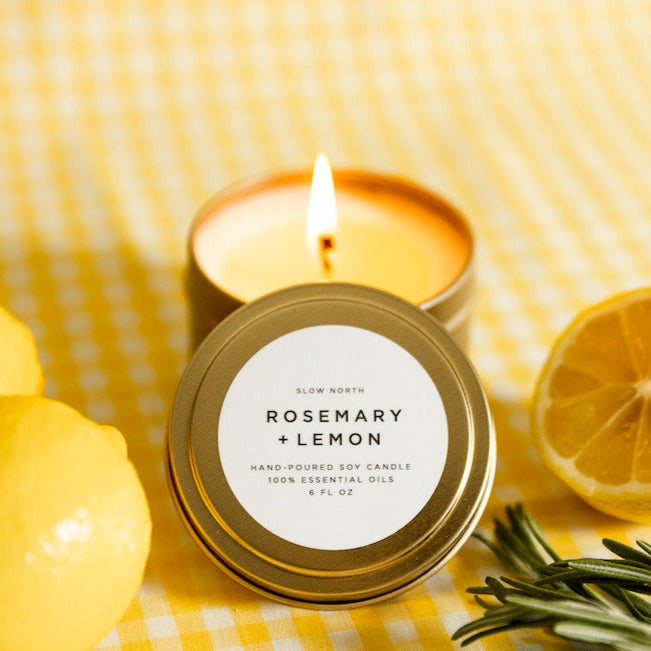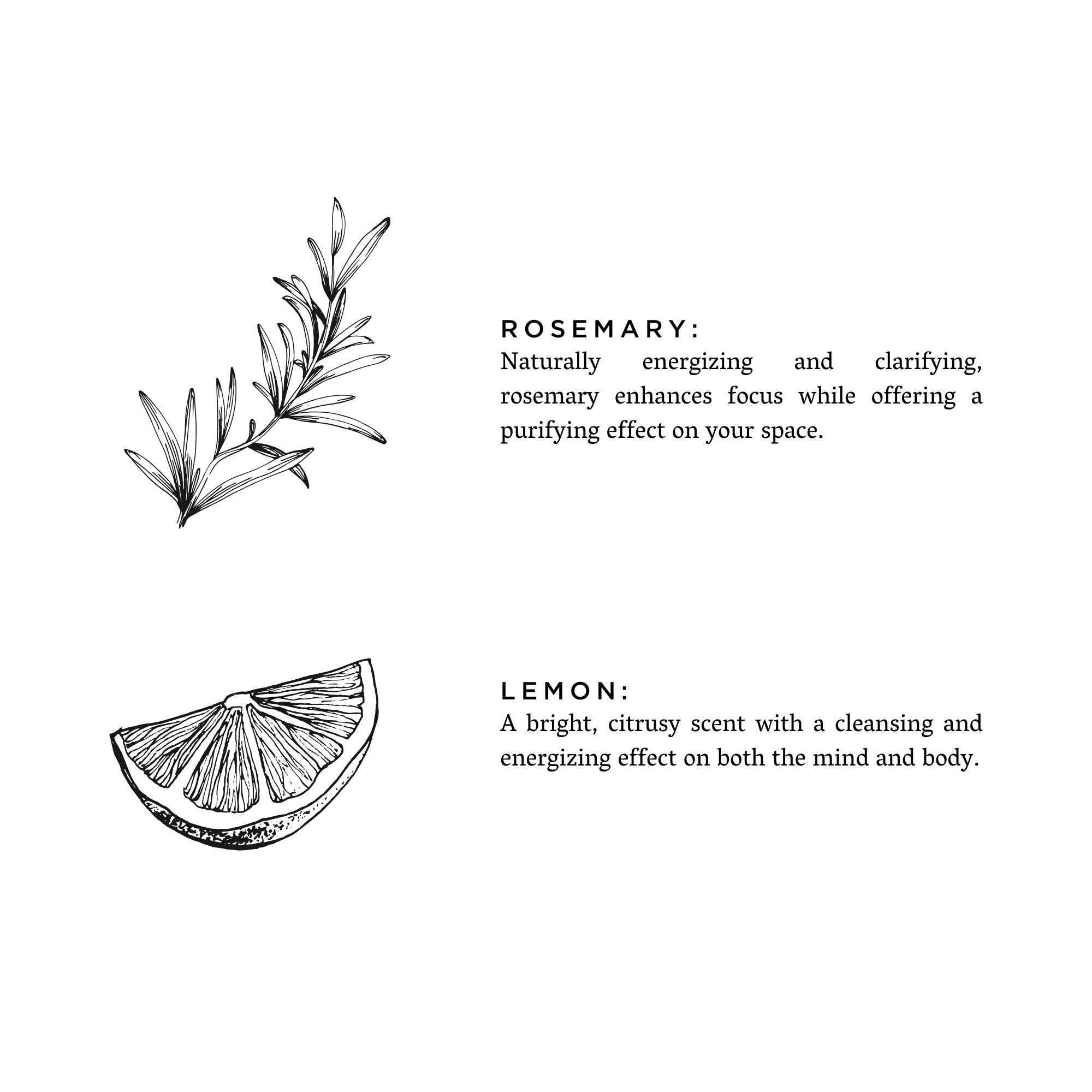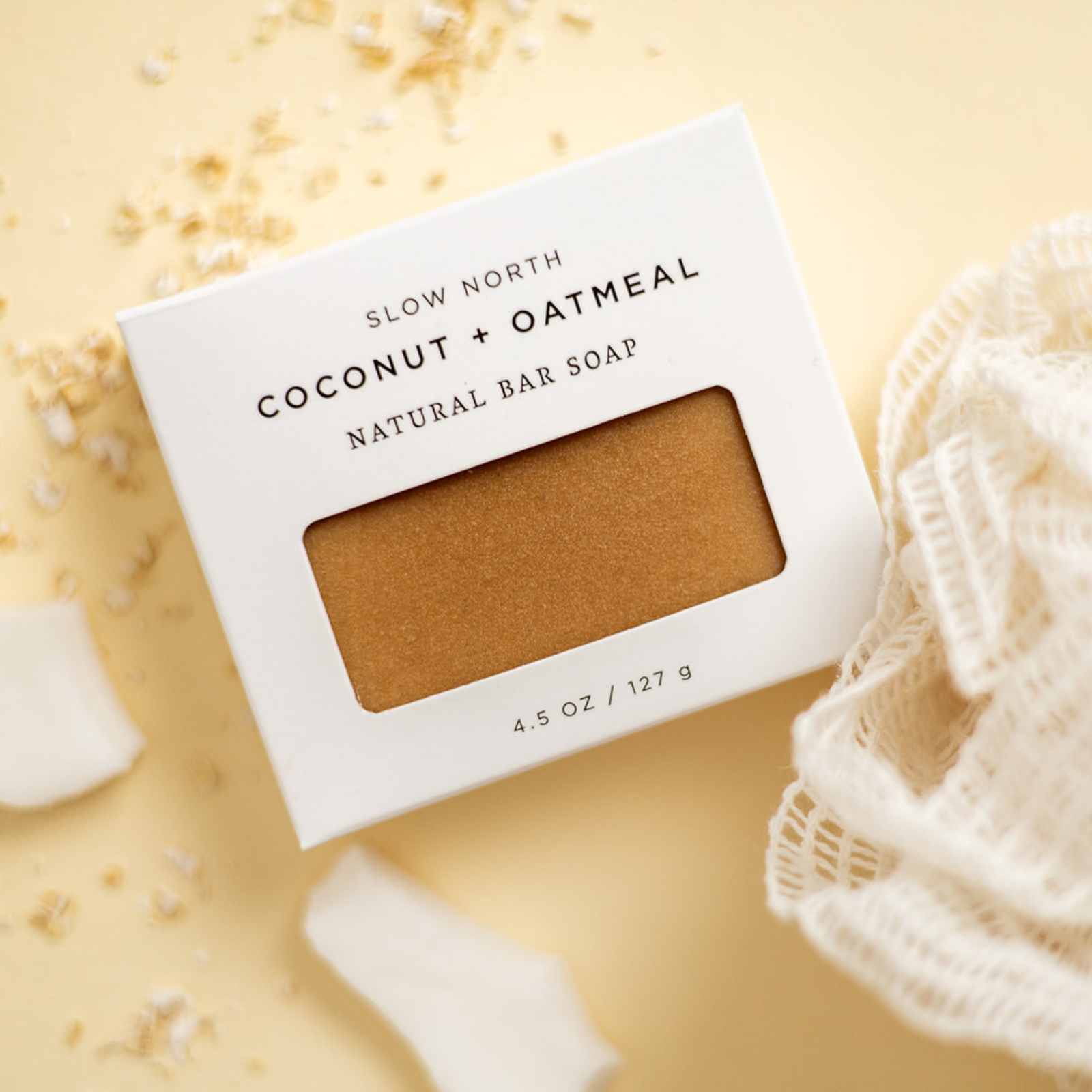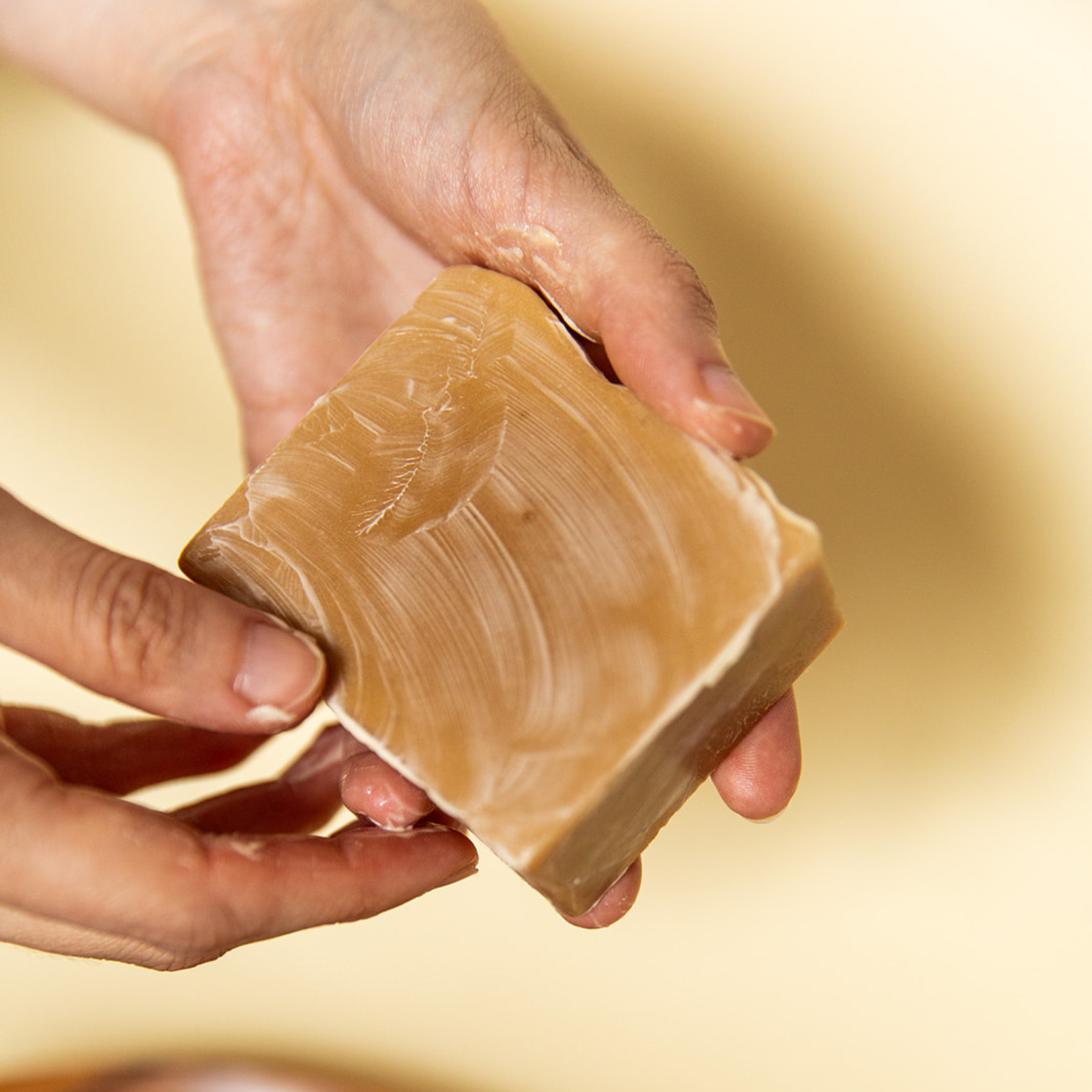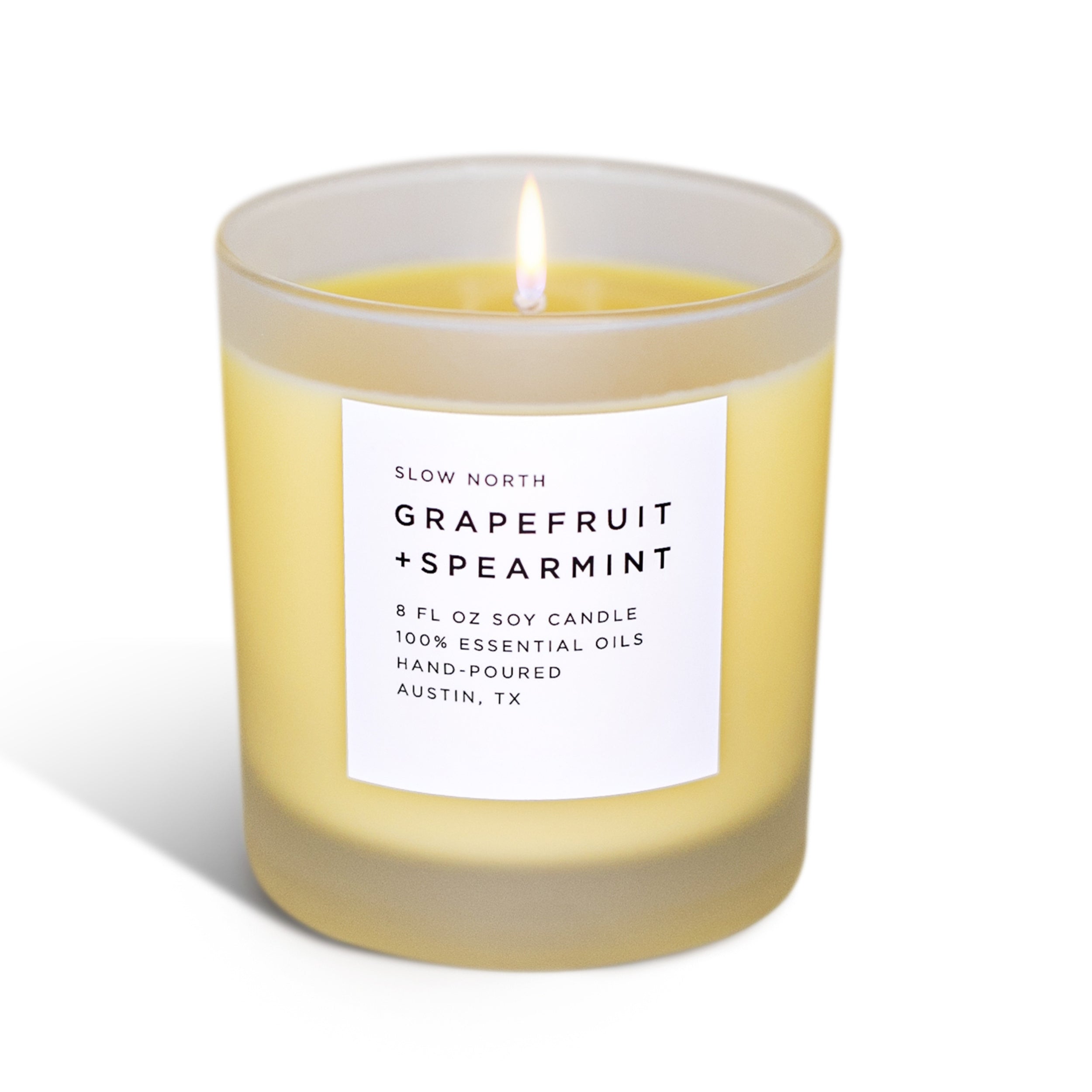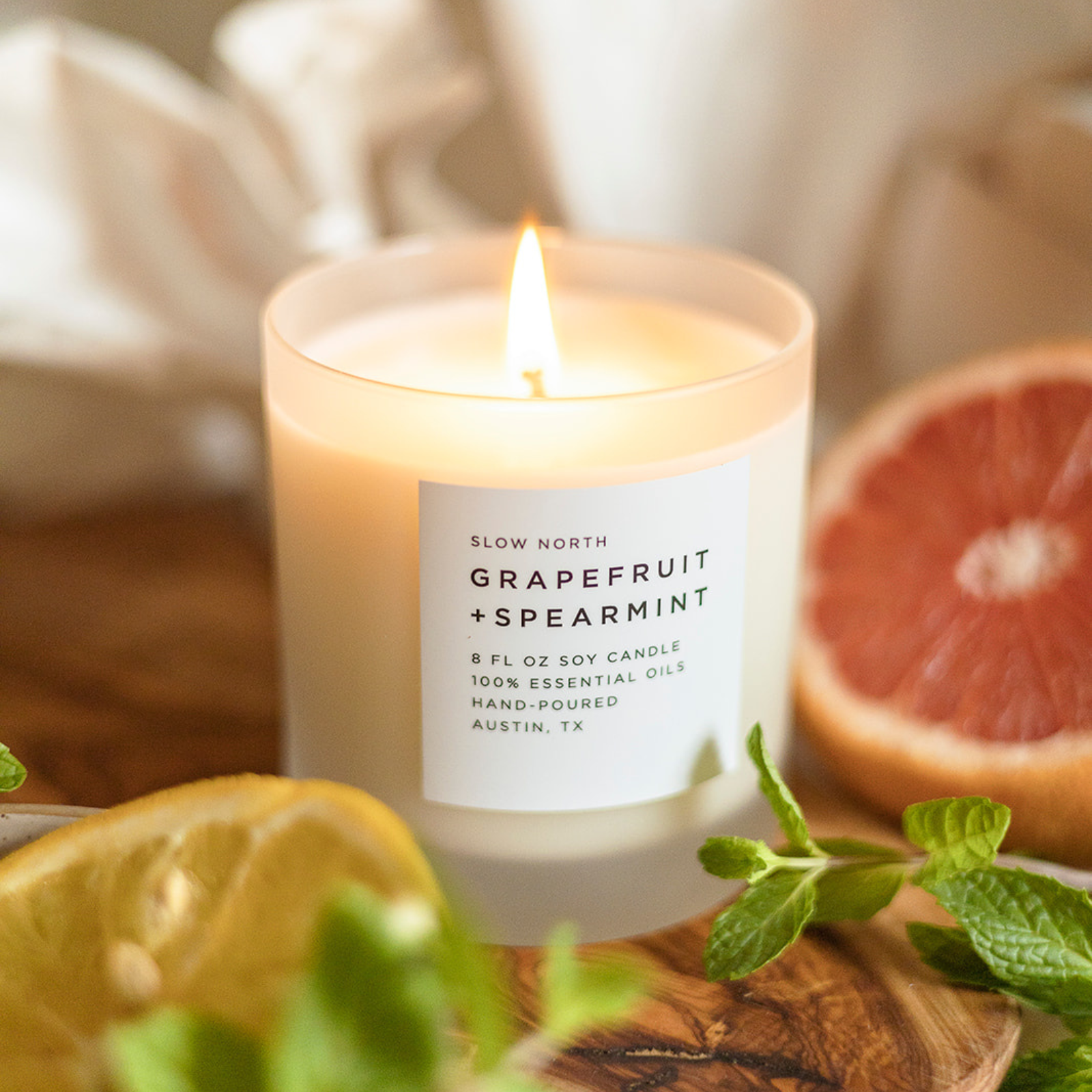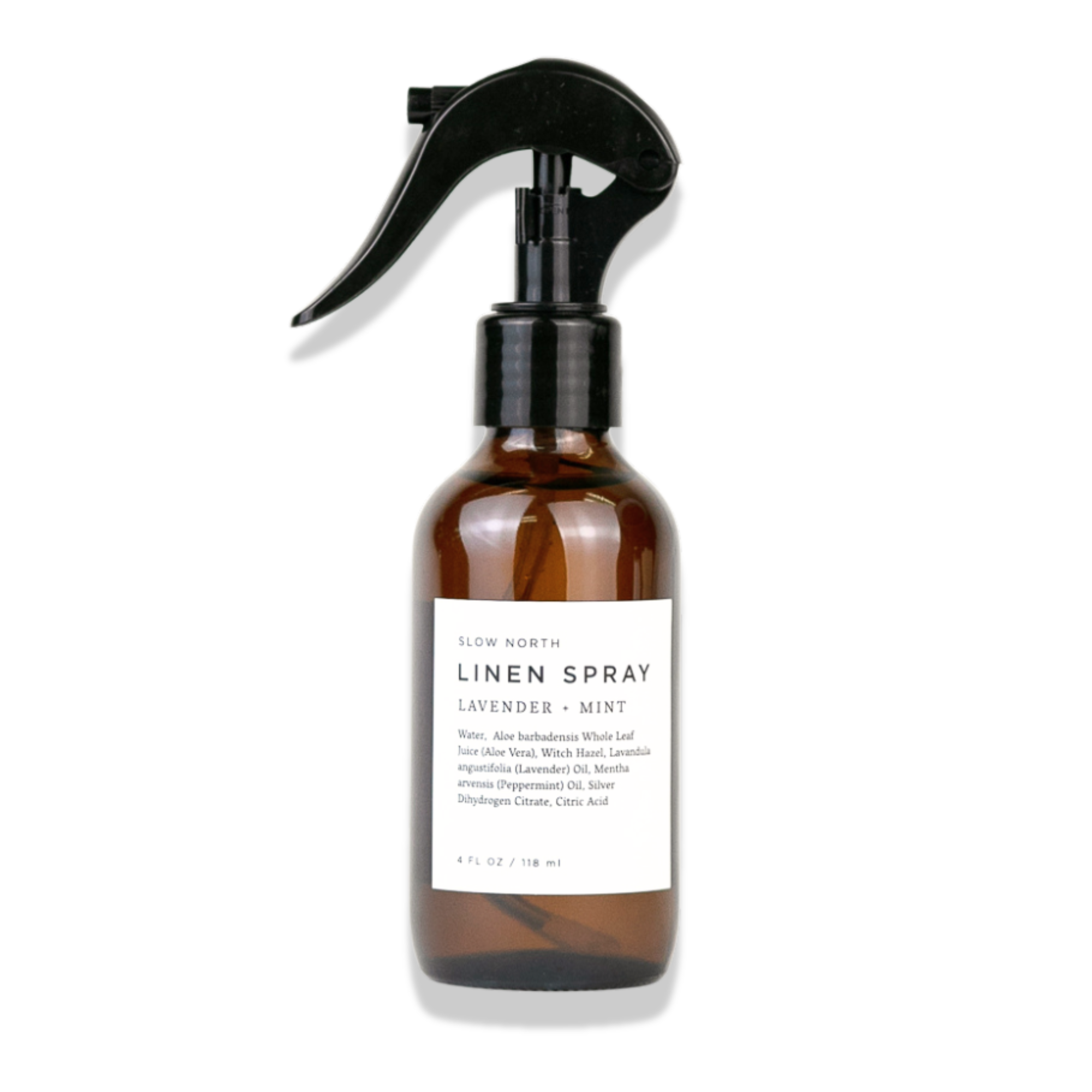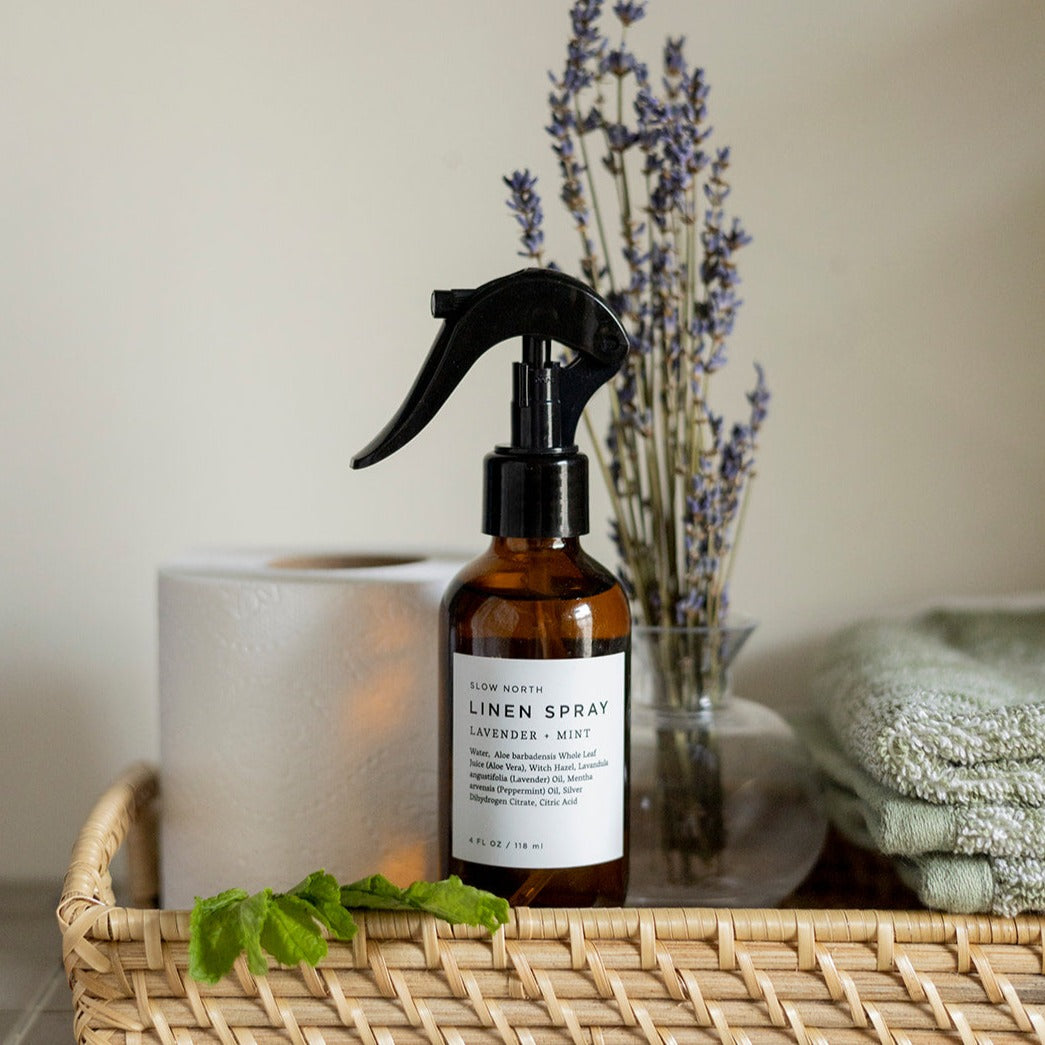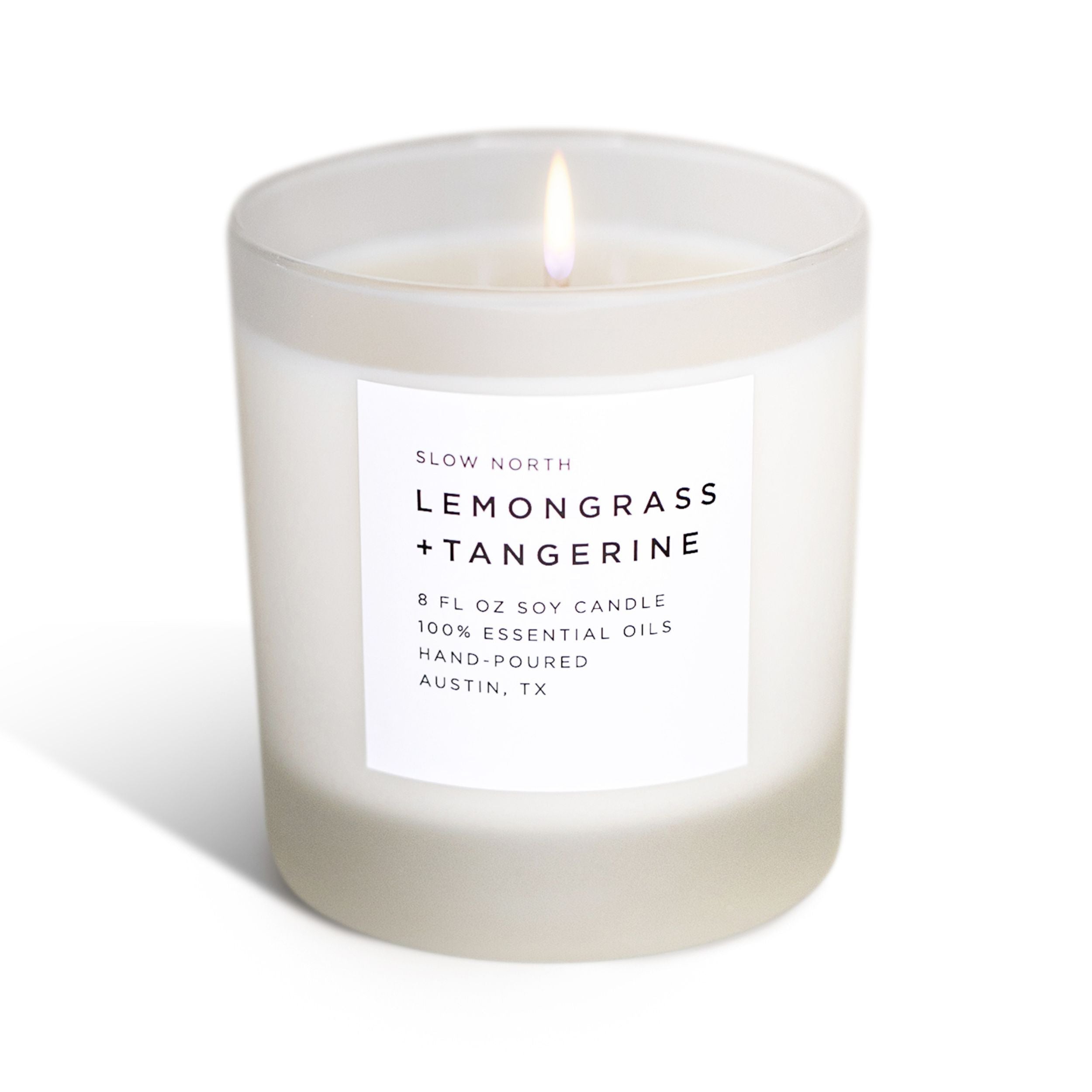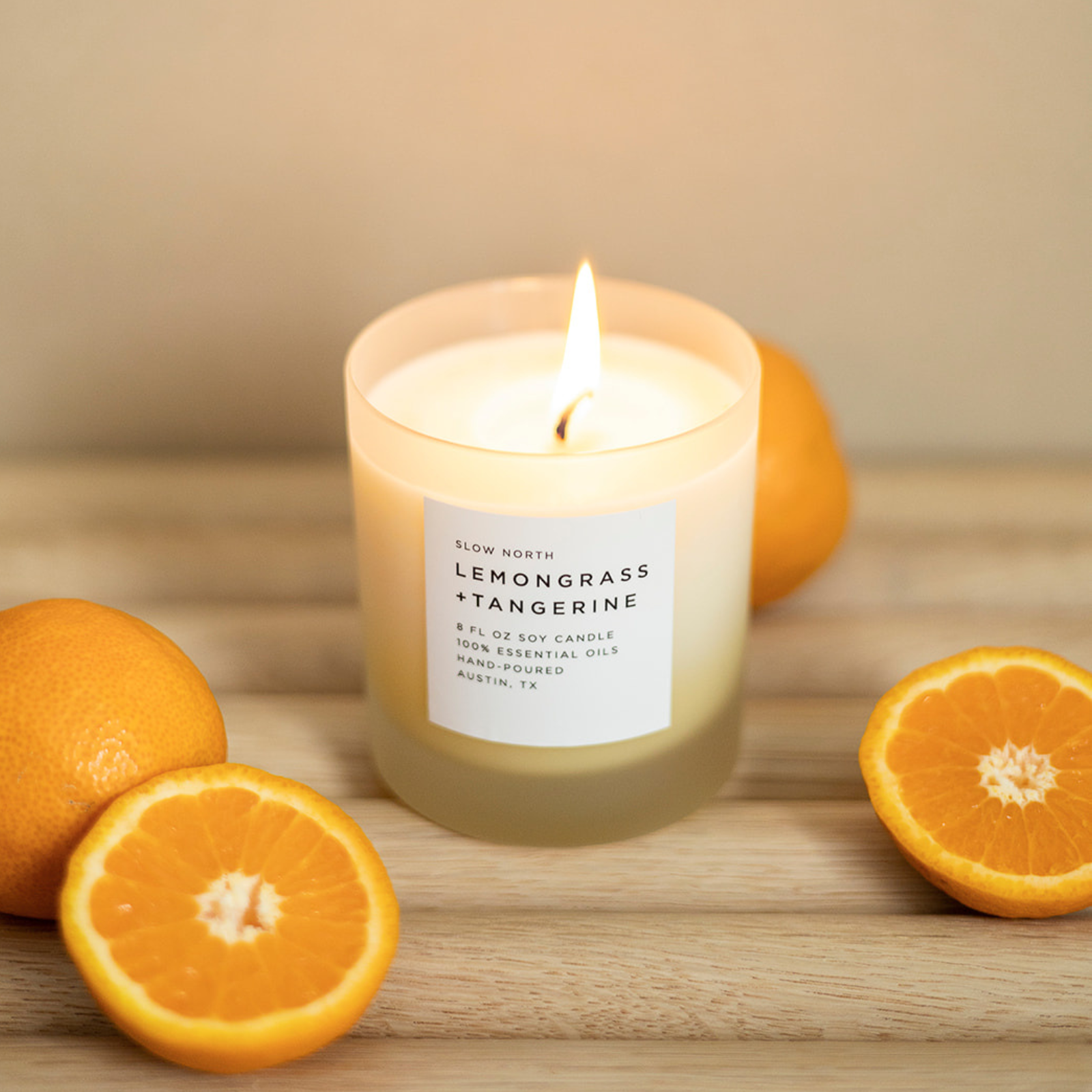Soap-making takes preparation, basic knowledge of chemistry, safety training and a dash of intuition in order to create the aromatic and creamy handmade soaps we make every day in our Austin, Texas production studio.
Updated by the editor June 3, 2023
In this article
1. How we formulated our hand made recipes for natural bar soap
2. Organizing our space for small-batch natural soap production
3. Adding essential oils to our natural soap
4. Breakdown of base ingredients that go into our natural soap
Bar soap can be pretty easy to overlook in the grand scheme of things – but some soaps are definitely worth thinking about.
That’s certainly the case with our natural bar soaps. We’ve been hand-crafting them with our own proprietary blend of natural botanicals and oils since 2021. They smell amazing and they’re cruelty-free to boot, making them (in our humble opinion) some of the greatest on the market!
But probably the best thing about them is that they were formulated by Brand + Community Director, Carla Davis-Walters. To their core, these soaps are true to the Slow North brand.
Formulating recipes for natural bar soap
“I put a lot of time and effort into research and testing for our natural bar soap,” Carla wrote. “The goal was to land on a bar of soap that was moisturizing without leaving residue, long-lasting, and (of course) 100% natural.”
And that’s exactly what she did.
“I tested probably a dozen different oil blends (our studio team had fun trying out the test batches!) until we landed on a perfect oil blend that we still mix from scratch,” she said.
The collection now contains eight beautiful blends of all-natural bar soaps, which includes invigorating scents like eucalyptus, pine, grapefruit, and rosemary.

Here’s the lowdown on what else goes into these beautiful bar soaps.
Natural Bar Soap Production Starts with a Clean, Well-Organized Space
I’m not a soap maker by any means – I gave up on trying to create tactile objects a long time ago – so I was surprised to hear that our bar soaps are made with a corrosive substance called lye.
“Soap-making begins with a clean space and the proper protective gear. We work with lye, which is a traditional soap-making ingredient that's been used for thousands of years,” Carla said. “It’s also a pretty dangerous substance to work with. Our team wears heavy duty aprons, goggles, gloves, and masks when making soap to avoid direct contact with the lye.”

Lye isn’t actually present in soap by the time you’re using it in the shower or at your kitchen sink. However, it’s a key ingredient for spurring the chemical reaction that creates soap. Adding lye to oil causes a breakdown of the fats into fatty acid chains, which completely neutralizes the lye. Once that chemical reaction (called “saponification”) is complete, you’re left with soap!
Adding Essential Oils and Natural Coloring to Our Soaps
The soaps are made with more than just lye and oil, though. Essential oils are another key ingredient for soap-making — and they’re what make the soaps smell so good.
“Our soap smells amazing, of course. We use the same essential oil blends that we use in our candles!” Carla said.
Depending on the scent they’re creating, the production team uses different natural powders to add pops of color, like rhassoul clay in the Forest Bathing soap or blue spirulina in the Eucalyptus + Lavender soap.
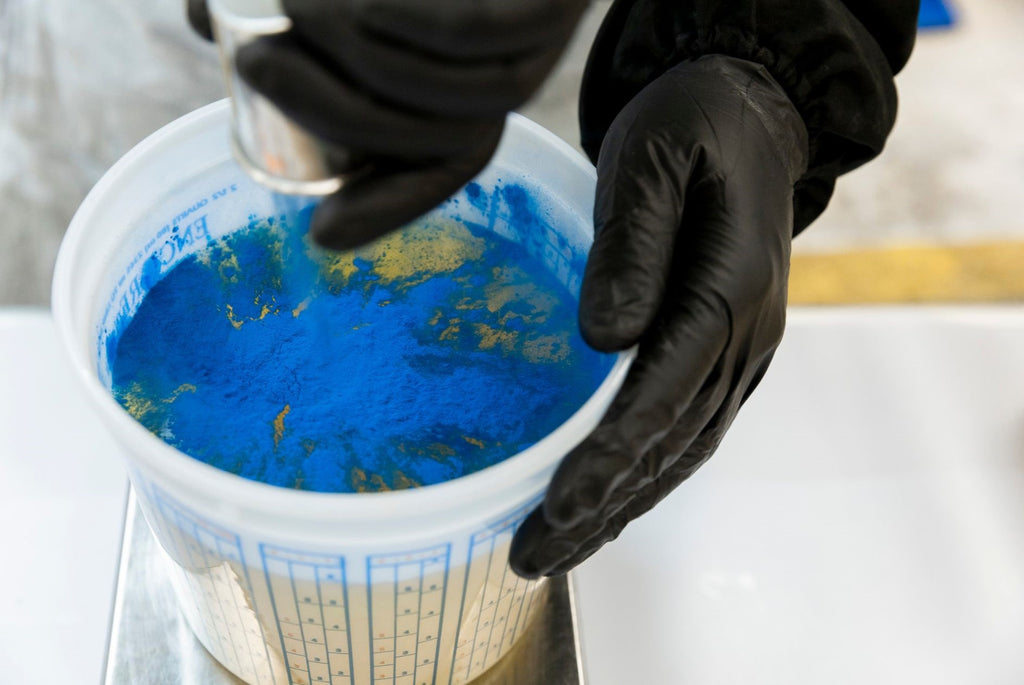
“Soap-making is a surprisingly quick process,” Carla told me. “The set-up before and the curing afterward take way longer than the process of actually making the soap! This is because lye saponifies oil and when essential oils are added to that mixture, the saponification process speeds up massively.”
The Ingredient Base of Slow North's Natural Soap
The production team starts by setting up all the tools and ingredients, then mixing a base blend of oils (shea butter, olive oil, coconut oil, rice bran oil, sunflower oil, and castor oil) with natural powders to add color. Once it’s evenly blended, lye is added, and the mixture is blended again until it reaches a consistency of thin cake batter.
Then come the essential oils.
“We add the essential oils and blend until it reaches the consistency of pudding before pouring into our soap mold,” Carla said. “The goal is to have everything blended at just the right level, then get it poured into the soap mold before the mixture becomes too thick." Once the mixture is poured, the curing process officially begins and the soap is ready to be cut into bars about a day later.

The time, dedication, and skill Carla has poured into soap-making has certainly paid off.
“I've had customers tell me that they even use our bar soap in place of shampoo or shaving cream,” she said.
Squeaky-clean products with guilt-free ingredients, hand-poured with dedication and care. What’s not to love?
Grab one for yourself and one for a friend!
Cecilia Seiter
Cecilia is a freelance writer and contributor to Slow North. She writes largely about sustainability, especially as it applies to beauty, wellness, and the future of technology. She is a graduate of the journalism department at Cal Poly, San Luis Obispo and is based in Oakland, CA.


